Don't miss out on the best jobs!
Subscribe to HelpGoAbroad and weekly we will sent you an email with latest job posts. Provide your email address below
Marine wildlife doesn't only refer to dolphins, seals and whales- fish are just as important in the balance of our marine ecosystems. Fish are what feed all those other majestic critters that are often more popular subjects for volunteer projects, but if we didn’t have anymore fish not only would we lose dolphins and sharks, but humans would suffer the consequences as well. One particular fish that has a major impact on the ecosystem are salmon.
In the Pacific North West, salmon are considered a keystone species, meaning that they are an integral player in a functioning and flourishing ecosystem. Unfortunately there is currently a decline on the number of salmon that are returning to spawn each year. That’s where you can help! Hatcheries all over the PNW and Washington in particular are always on the lookout for fish-friendly volunteers to help restore the salmon species and save our ecosystems.
Where Can I Volunteer?
There are several salmon hatcheries throughout the PNW, but one of the most popular hatcheries is located in Washington State in the small mountain valley town of Issaquah. This hatchery, known as the Issaquah Salmon Hatchery, draws about 350,000 visitors per year and is considered one of the town’s prized community treasures. Issaquah Creek is a trademark site for salmon spawning, so much so that the town has a whole festival dedicated to the salmon called Salmon Days, which is held the first weekend of October. The two main species that return to Issaquah are Coho and Chinook salmon, but sometimes there are a few Sockeye that wander into the Creek.
How Do I Become a Volunteer?
The hatchery itself has only three staff members but there is an organization called Friends of the Issaquah Salmon Hatchery, also known as FISH, which orchestrates volunteers for the spawning season every fall and special events in the spring. Aspiring volunteers can apply through the FISH website around July and August as this is when the selection and screening process begins for the coming season. Unlike many marine wildlife programs these days, FISH does not charge for you to become a member of the program. However, the reason that they do not charge is because they do not provide housing or accommodations like other programs.
Once you are accepted as a FISH volunteer, you will undergo two sets of training that teach you about the life cycles of salmon, the different species, the importance of salmon to Issaquah, Washington State and the ecosystem as a whole. You are also taught about the protocols at the hatchery, the education program and an all encompassing run through of how a hatchery tour is conducted. You will also shadow a few tours from more experienced FISH Docents, so that you have a full understanding of what you are expected to deliver to visitors on your own tour.
What Are My Responsibilities?
There are a variety of jobs at the hatchery that you can be a part of that range from tours & science fairs to spawning shed to egg room duties.
Tours & Science Fairs
Education is one of the most effective ways to help conserve marine wildlife, especially when it comes to educating the future generations about how we can help save and prevent further deterioration of our wildlife and ecosystems. Tours are given daily; weekday tours are usually given to local school children while weekend tours are drop-in tours for visitors to the Issaquah area, and anyone else who is interested in learning more about the salmon and the hatchery. Each tour is about an hour long and brings people throughout the entire hatchery whilst sharing valuable information about the salmon that come back to Issaquah each year, as well as the role of the hatchery. Volunteers also have the opportunity to travel to local schools during the science fair season in the spring to demonstrate salmon dissections and microscopic exploration for the children.
Spawning Shed
If you are more interested in hand-on dirty work with the hatchery, prepare yourself to get knee deep into the action. Every Tuesday, the hatchery has ‘spawning day’ where the salmon are brought into a certain area where they are then sorted by hand into various different fates. Although all of the salmon are killed as soon as they are taken out of the pond (salmon die as soon as they spawn anyway), some may be used for spawning purposes, which is where the bucks are cut open and their milt is extracted and the hens are cut open for their 2,500 to 5,000 eggs. When there are more than enough salmon for spawning purposes, the fish are sent to surplus and head to local food banks and pet food companies.
Egg Room
Once the eggs and milt have been extracted, they are taken to the egg room where the eggs are then fertilized and then stored in trays. There are several different components of working in the egg room, including shocking the eggs which is where the eggs are put in a large trough of water after they have been fertilized and this causes the egg membranes to react as they would in the wild, sealing over only seconds after exposure to water. From here, you can distinguish the healthy eggs from the non-fertilized, fungus infected and otherwise contaminated eggs that must be removed by hand in order to prevent the other eggs from becoming infected. Once the eggs are shocked, and picked through, they must be counted and then put on to trays. These trays are then allocated into a system that pumps Issaquah Creek water through the trays. Working in the egg room is a crucial component of the hatchery as this is where the future of the salmon population is being cultivated!
Accommodations
The hatchery only provides housing for its staff members, and FISH does not provide any sort of housing options for volunteers. The Issaquah area has a fair amount of apartment complexes that you can rent apartments from, but it is advisable that you have some sort of paid employment whilst volunteering at the hatchery.
Sign in to publish a comment
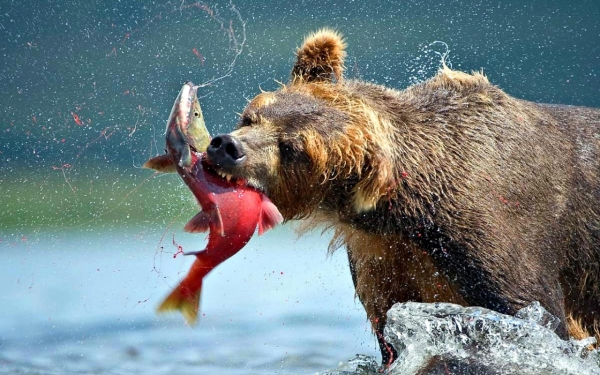
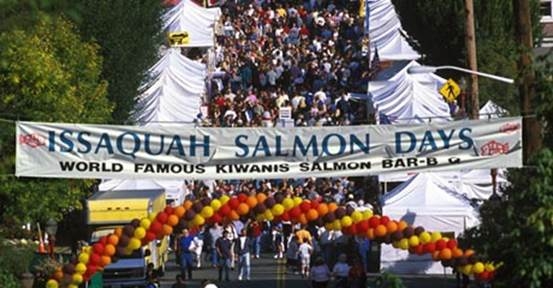
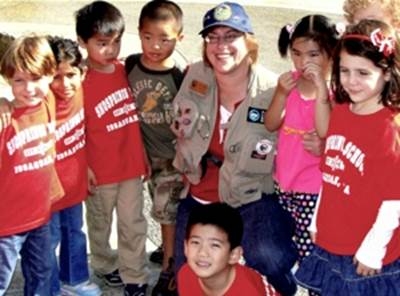
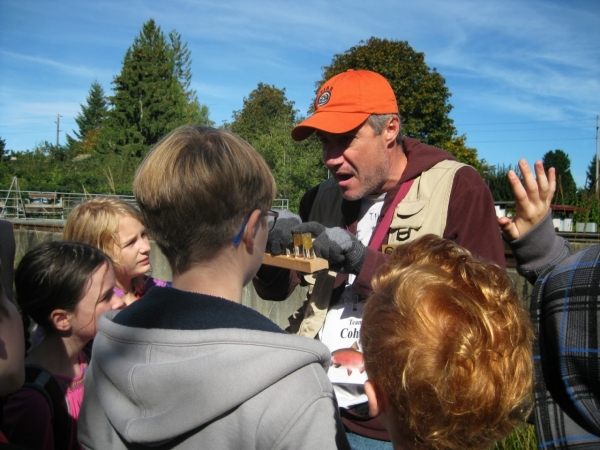
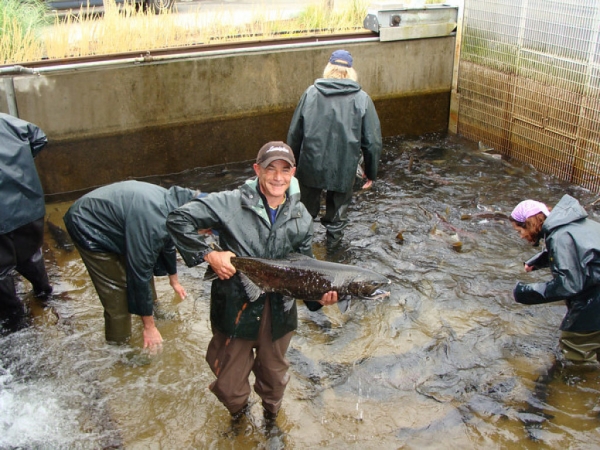
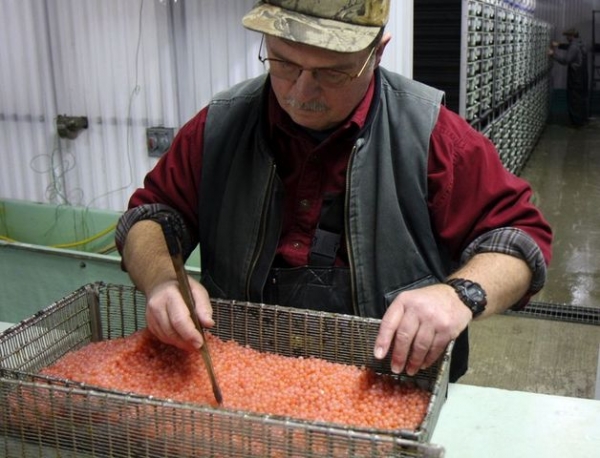
Be the first to comment on this post.